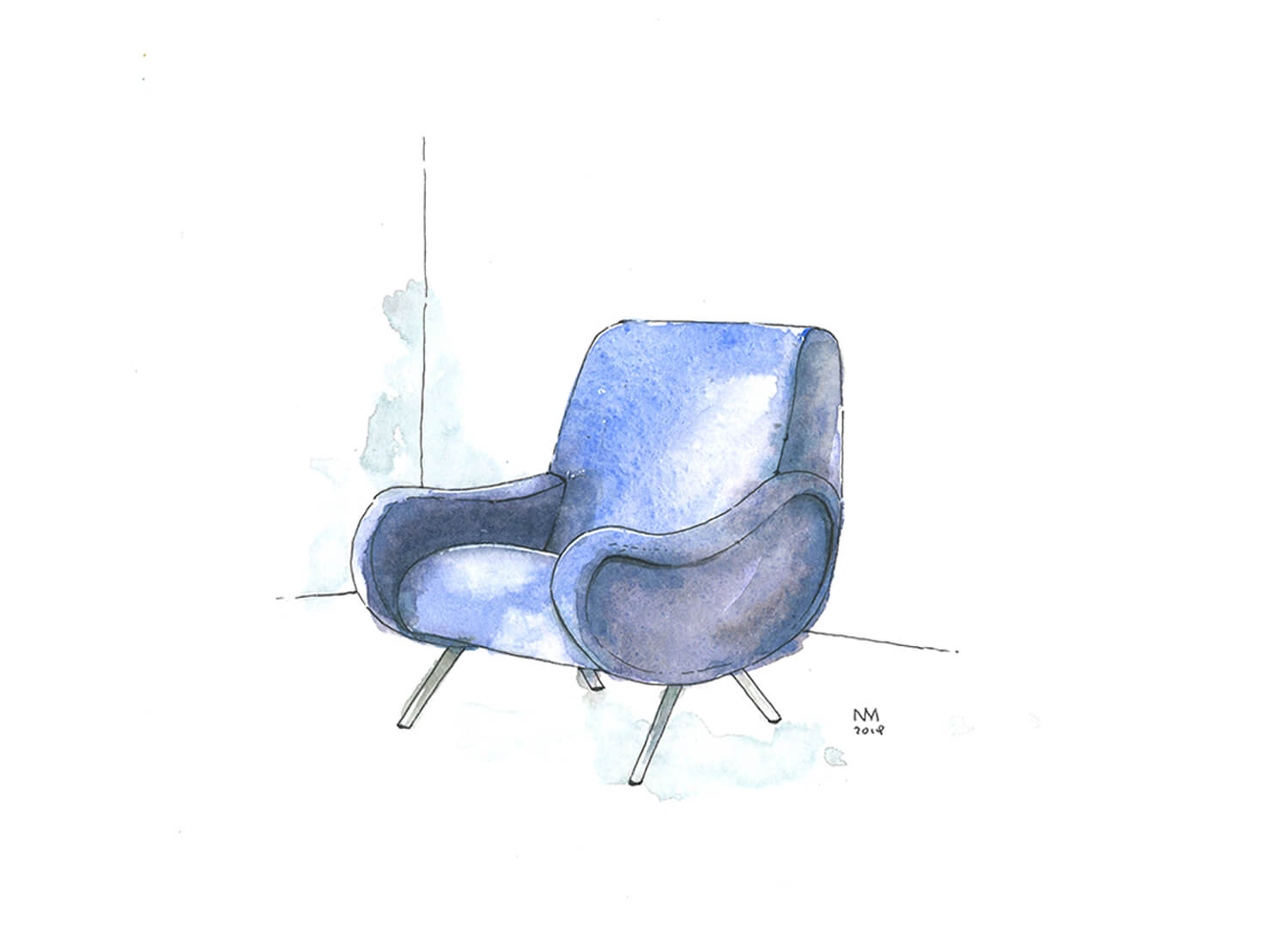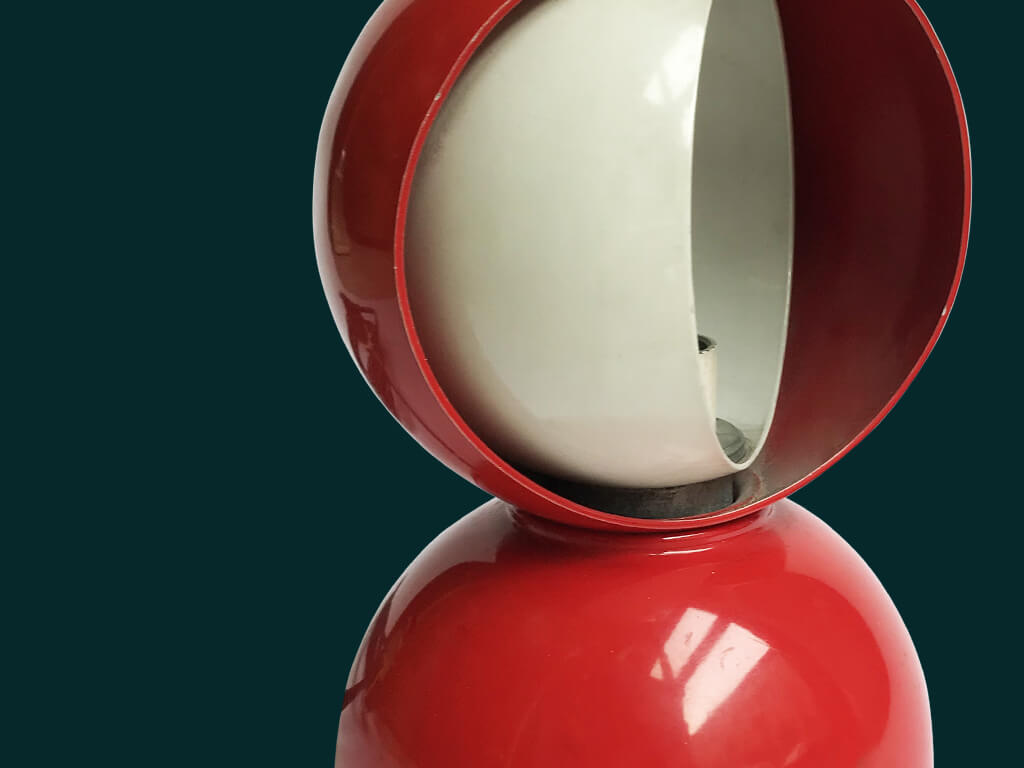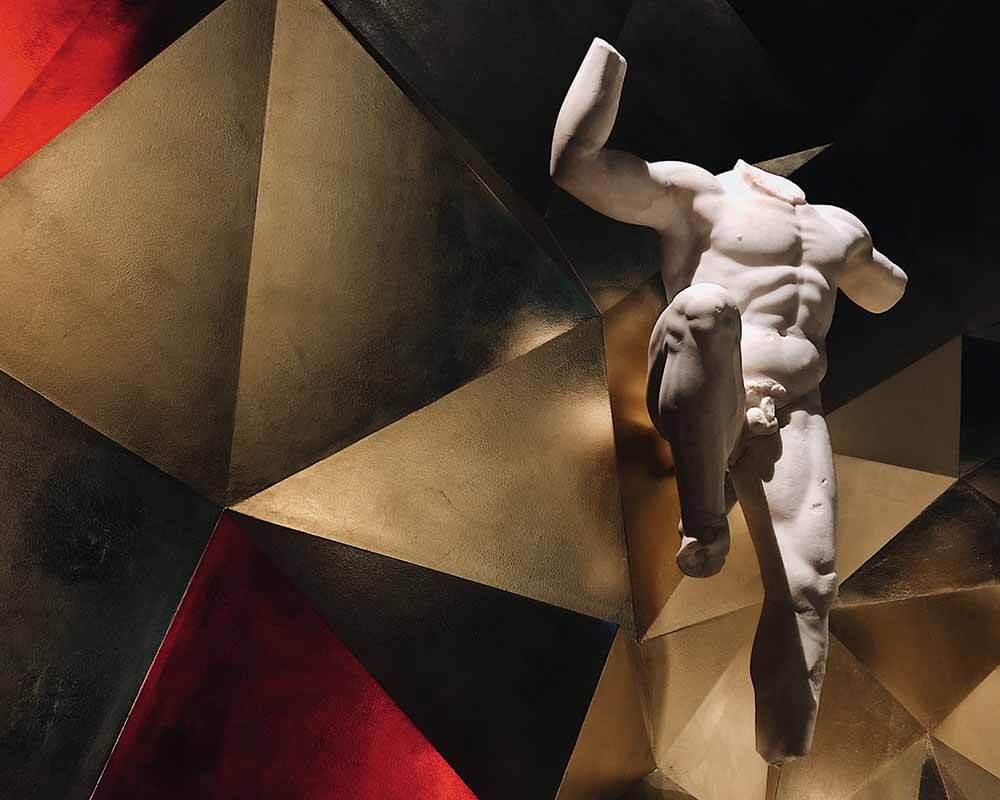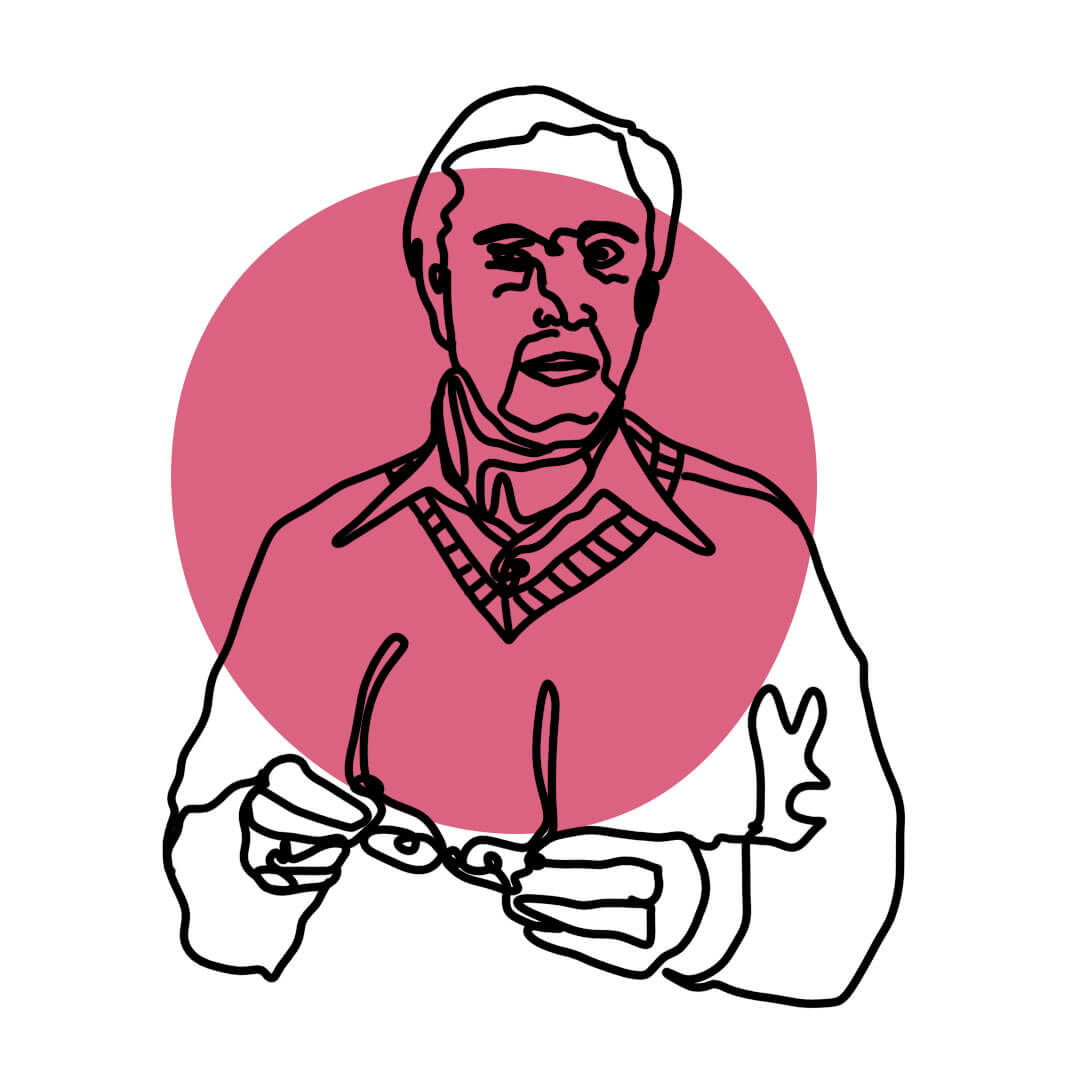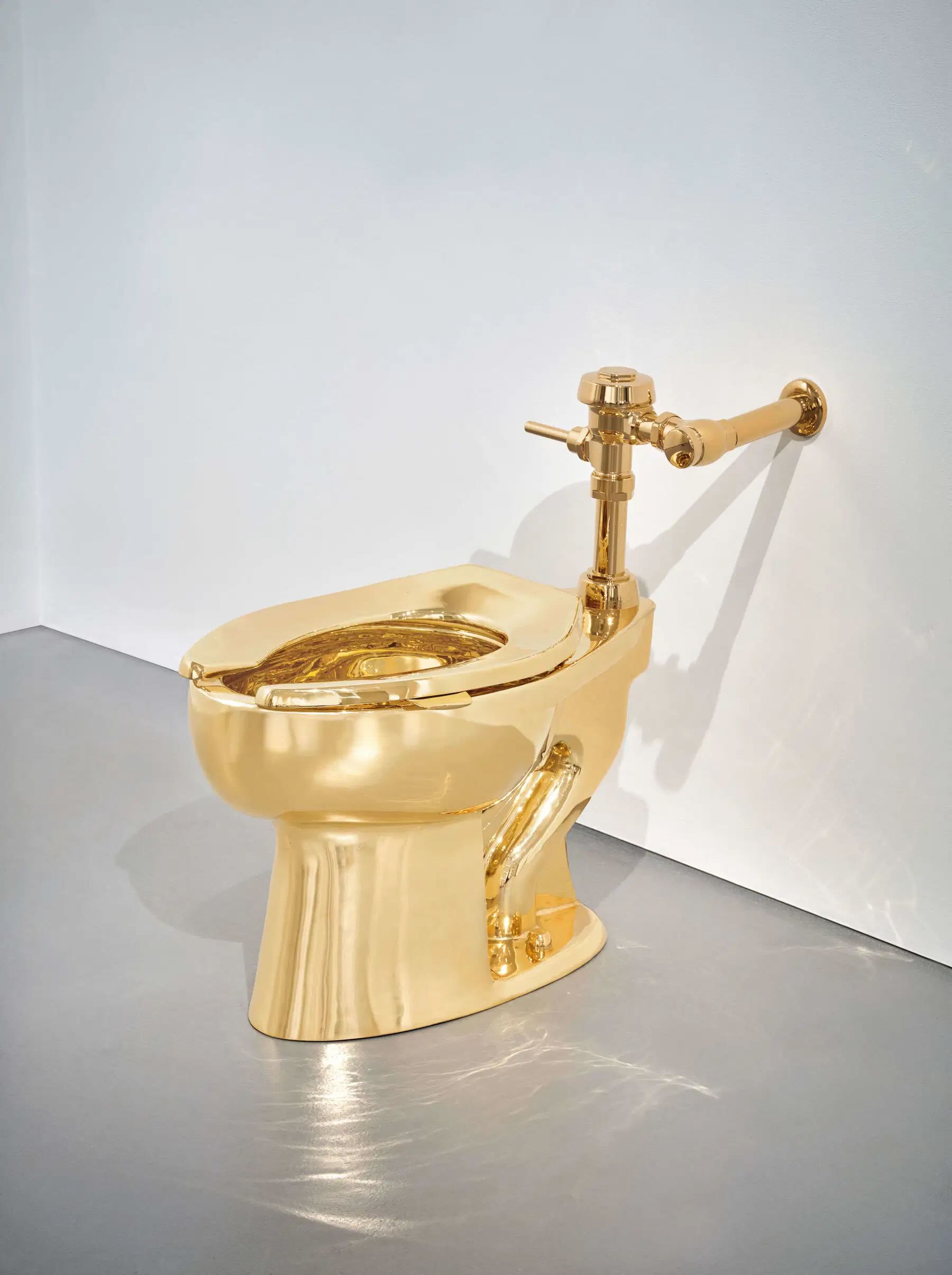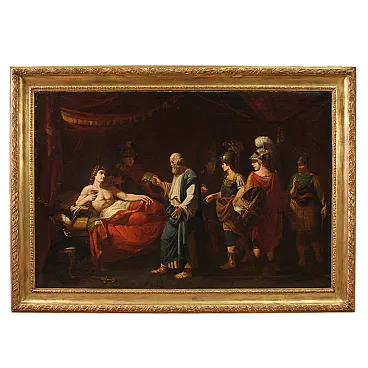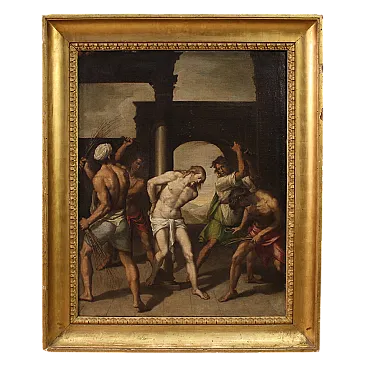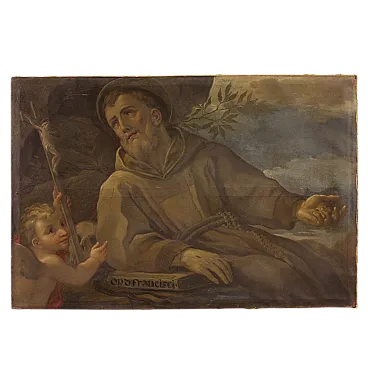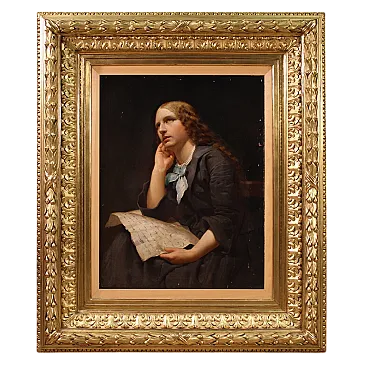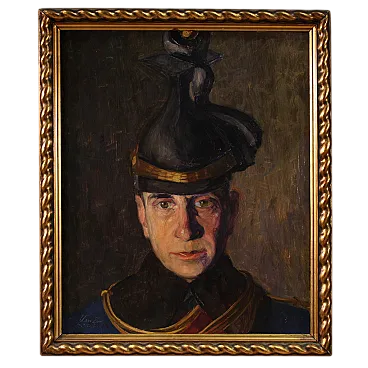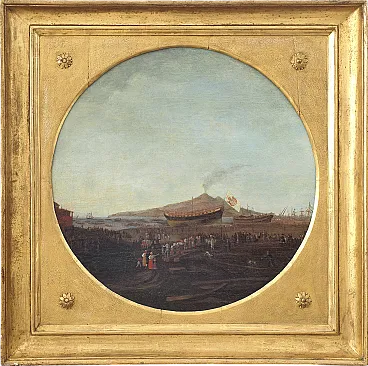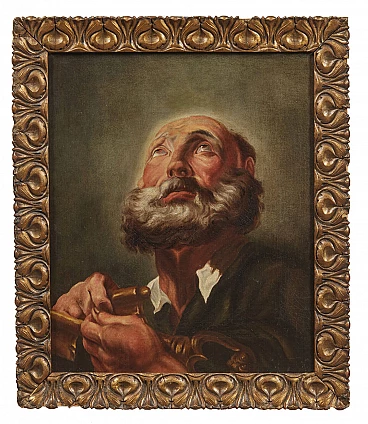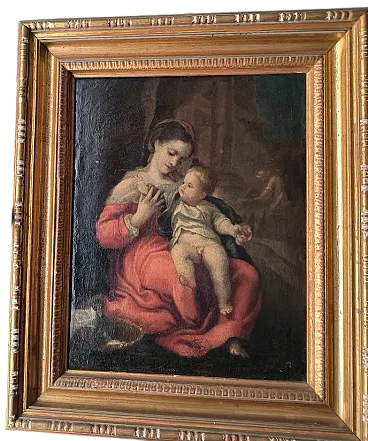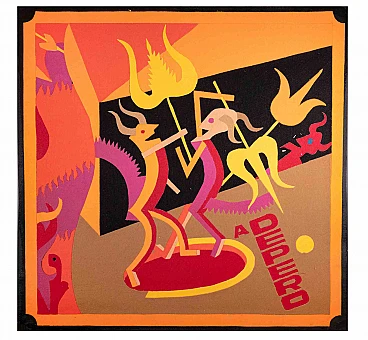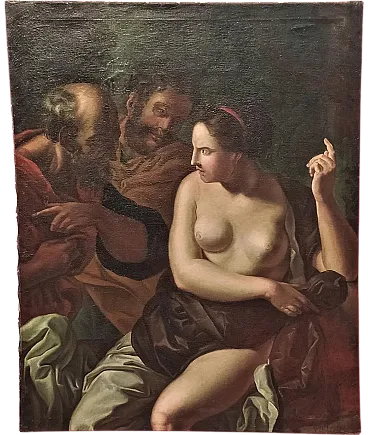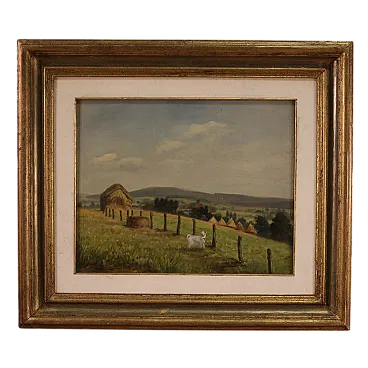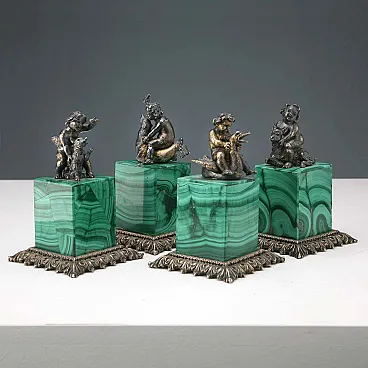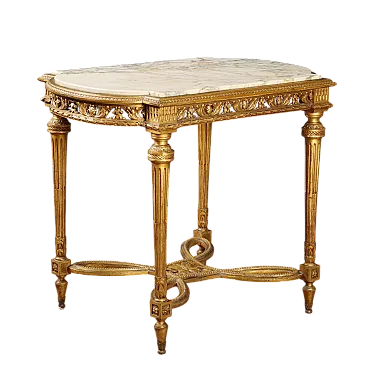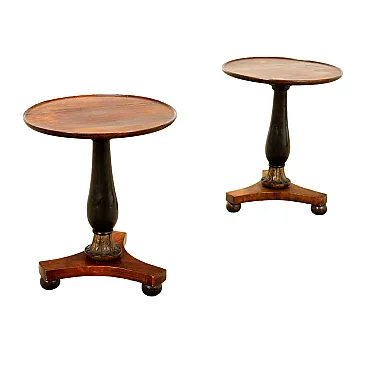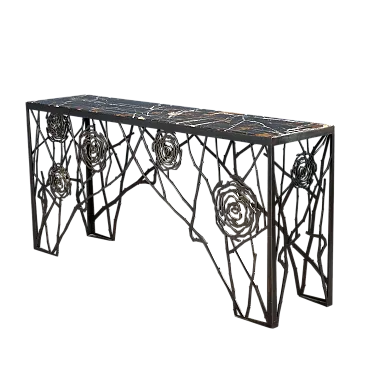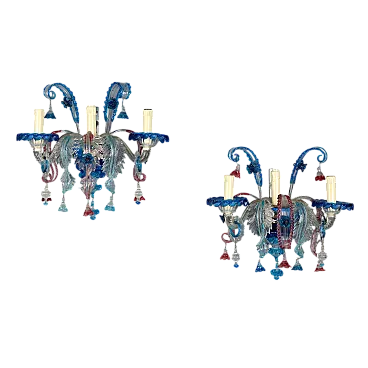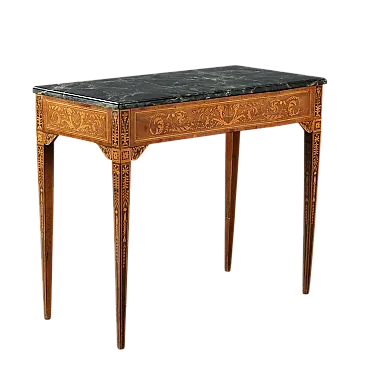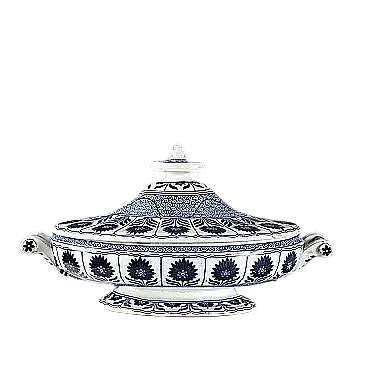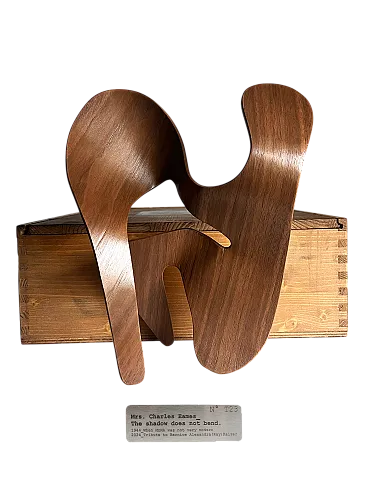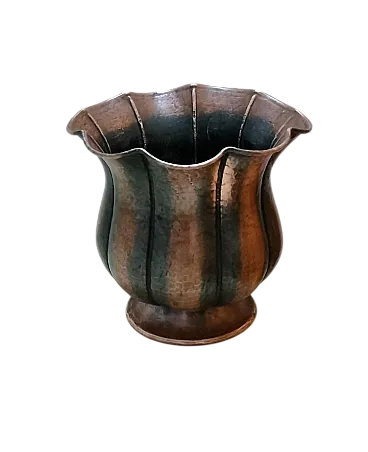Oil on canvas. Roman school of the 17th century. The bloody episode of the sacrifice of Iphigenia, also told in the Iliad, originates from the wrath of Artemis, goddess of the hunt, who, offended by Agamemnon for his boasting as a hunter, prevents the Greek fleet from sailing towards Troy; the soothsayer Calchas then prophesies that the wrath of the goddess can only be appeased by sacrificing the youngest daughter of King Agamemnon himself, Iphigenia, and so it happens. In the centre of the scene the girl is depicted prostrate at the foot of the sacrificial altar, while she is being prepared by the priests according to the rituals; in the left corner we can glimpse her father Agamemnon (with the crown abandoned at his feet) with her mother Clytemnestra who, in despair, do not dare to look. Above, the goddess Artemis watches the scene, recognizable by the moon on her hair, the bow she holds in her hand and a deer, her symbolic animal, at the foot of the canopy: according to a less violent version of the myth, at the moment of the sacrifice Iphigenia is replaced by Artemis with a doe, as the presence of the animal in this representation might indicate. The work presented here derives from the painting by Pietro Testa, published between 1640 and 1642 (now at the Galleria Spada in Rome) and from his engravings: the entire composition of the figures is taken from it, although modified in the clothes, colors and various details. Restored and relined, the painting is presented in an early 20th-century frame, contemporary with the restoration.
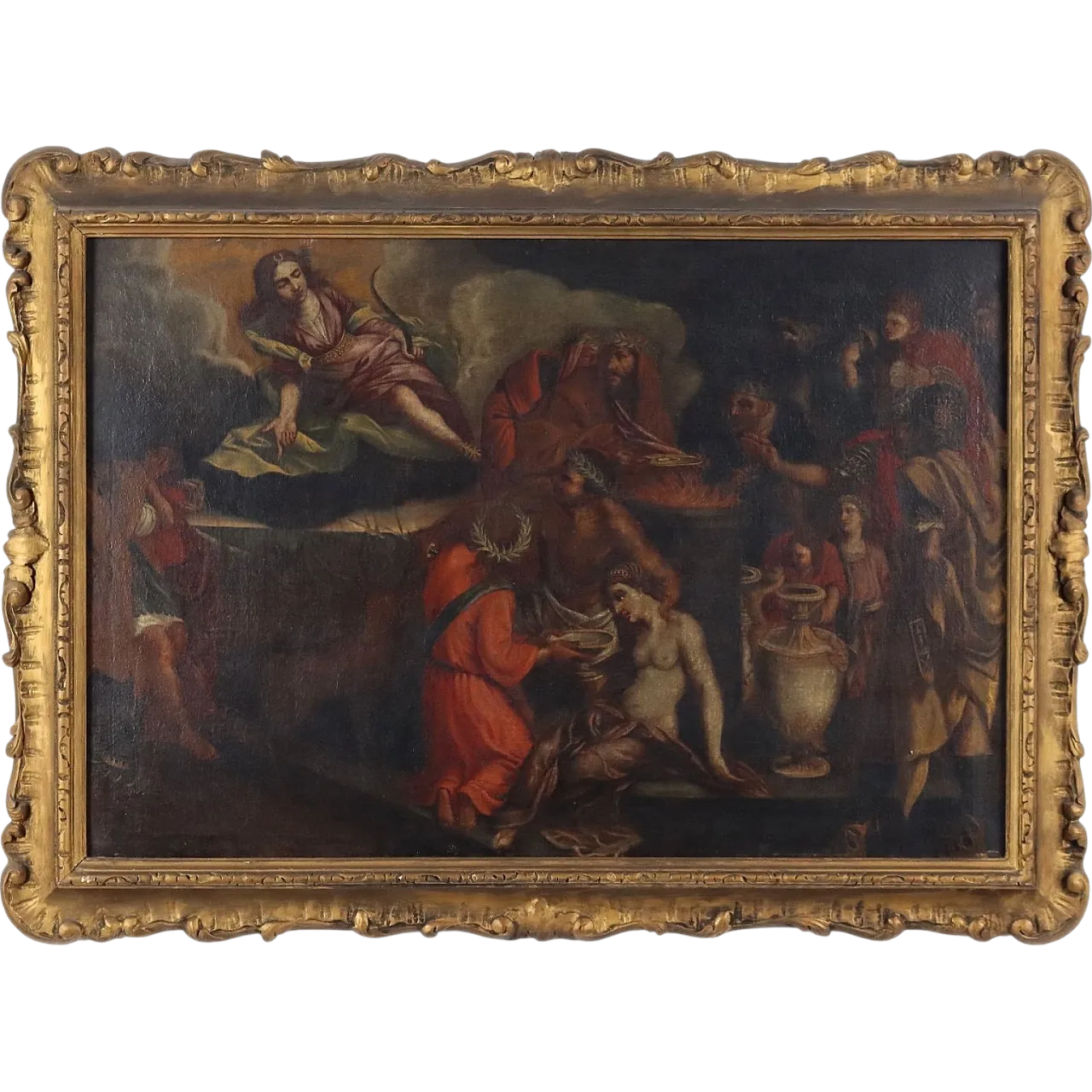
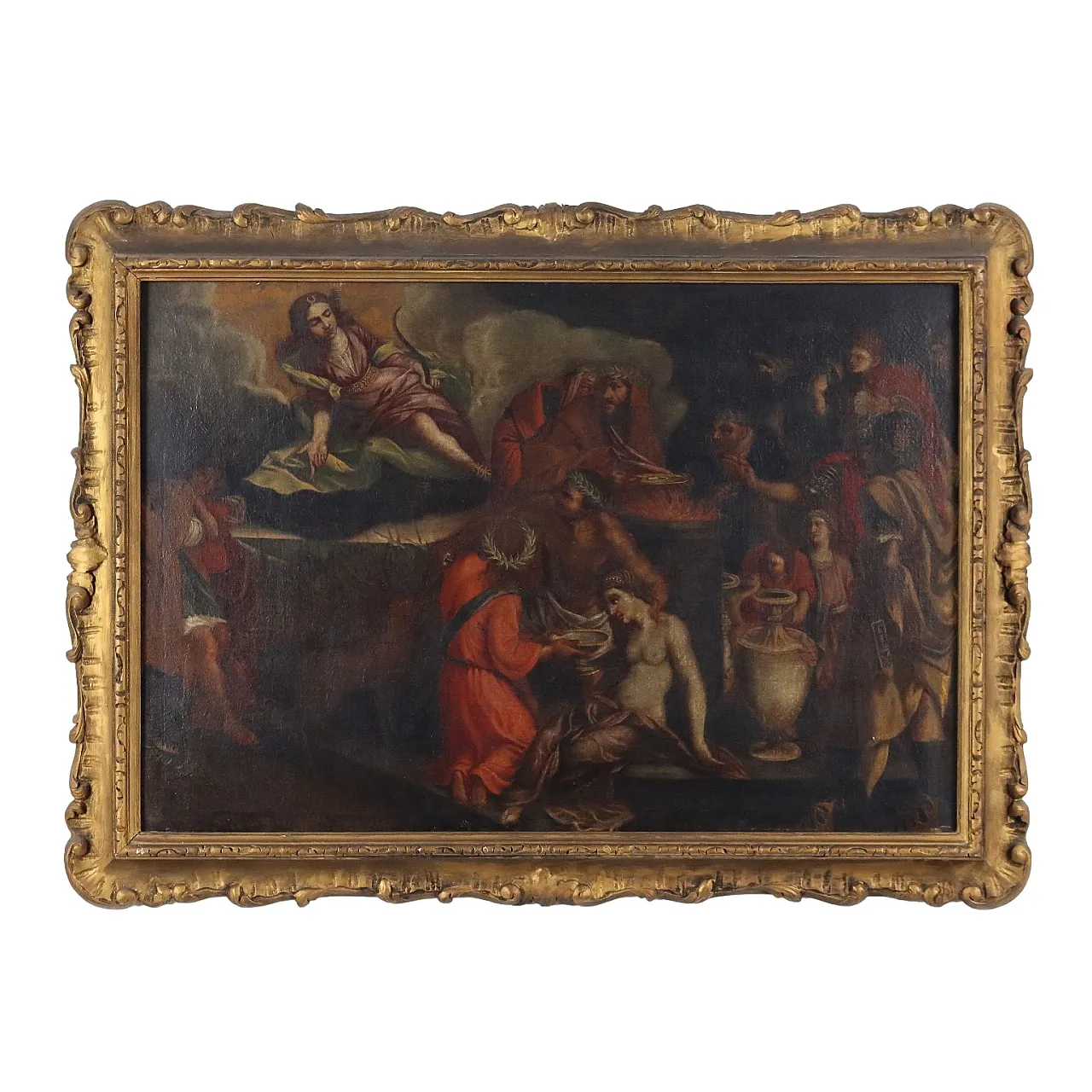
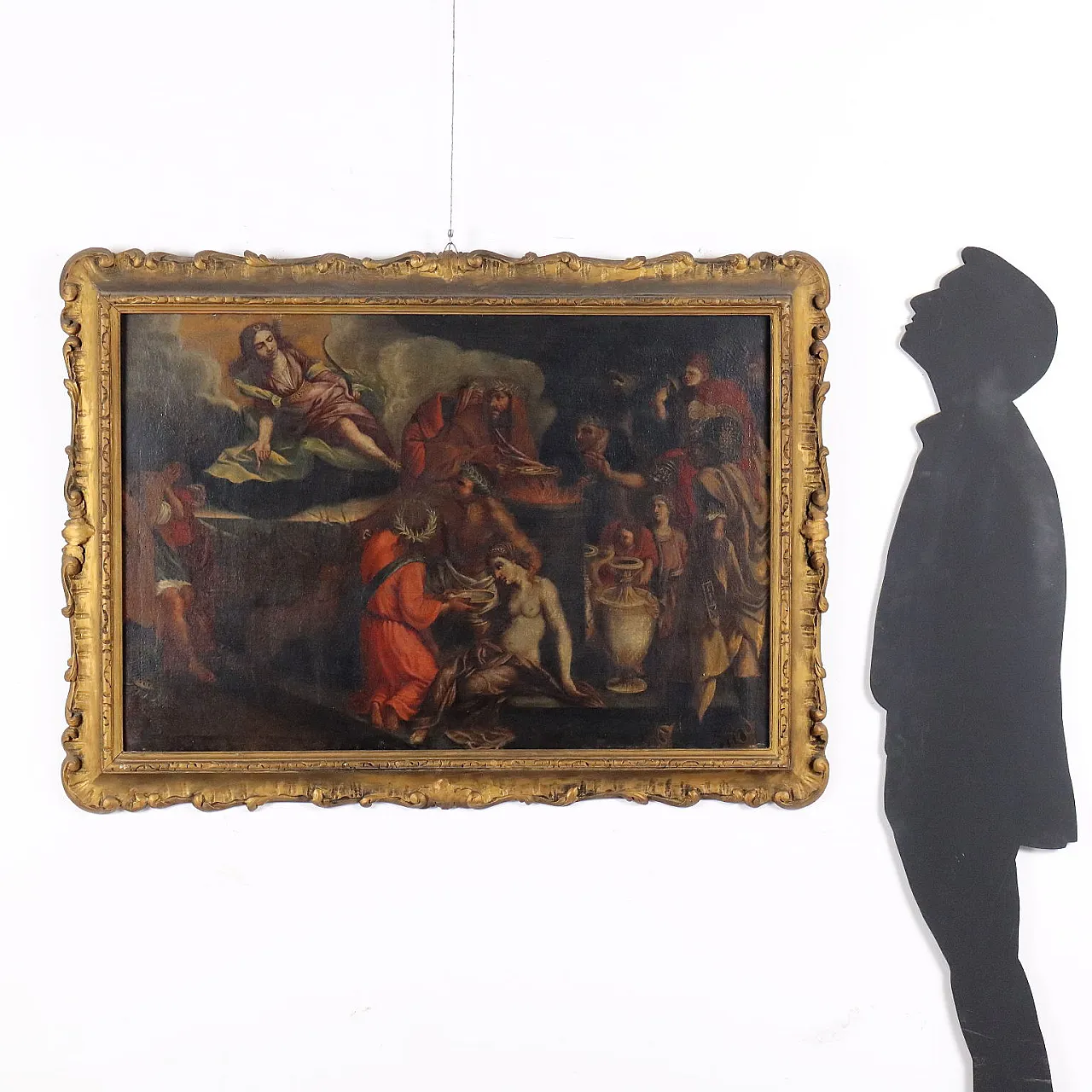
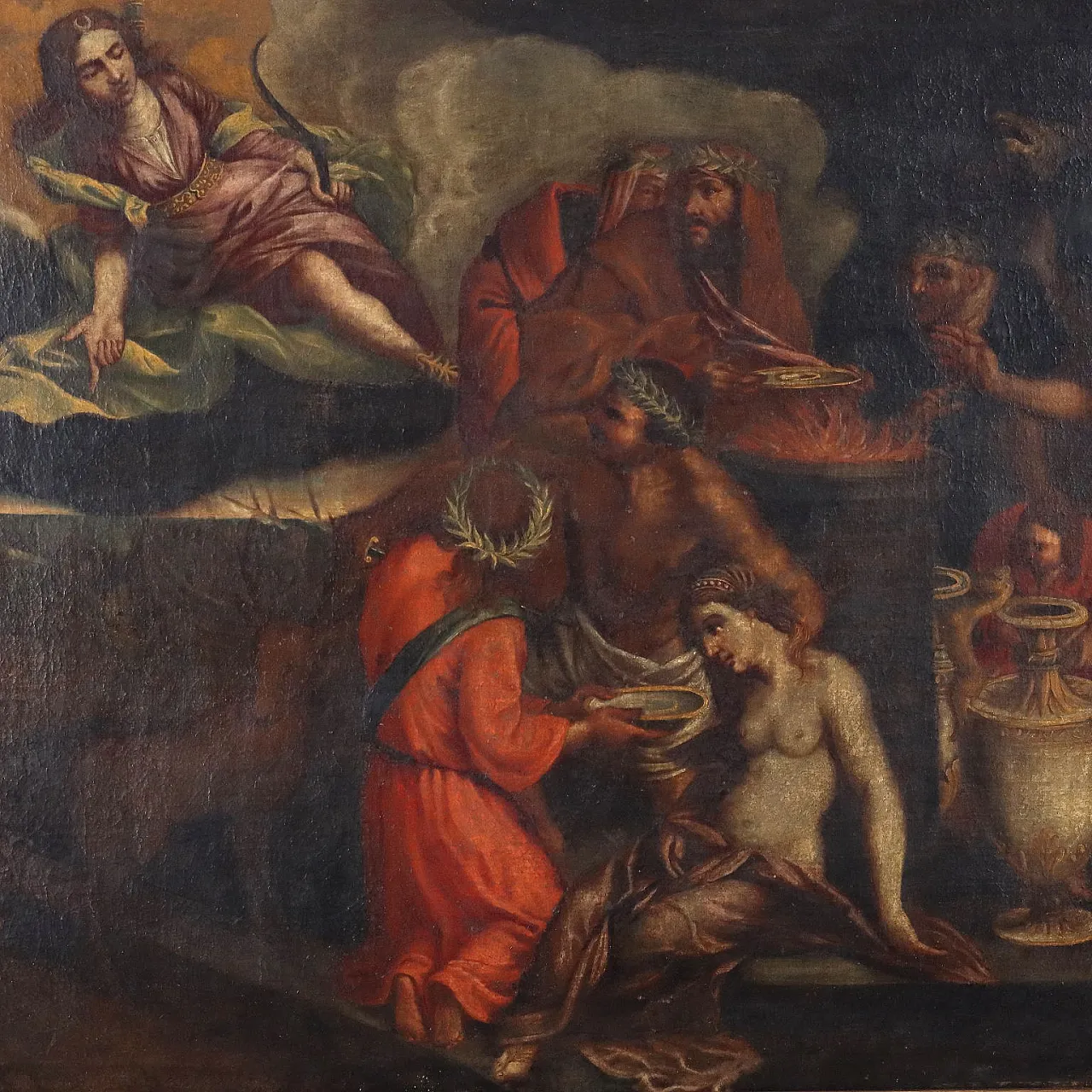
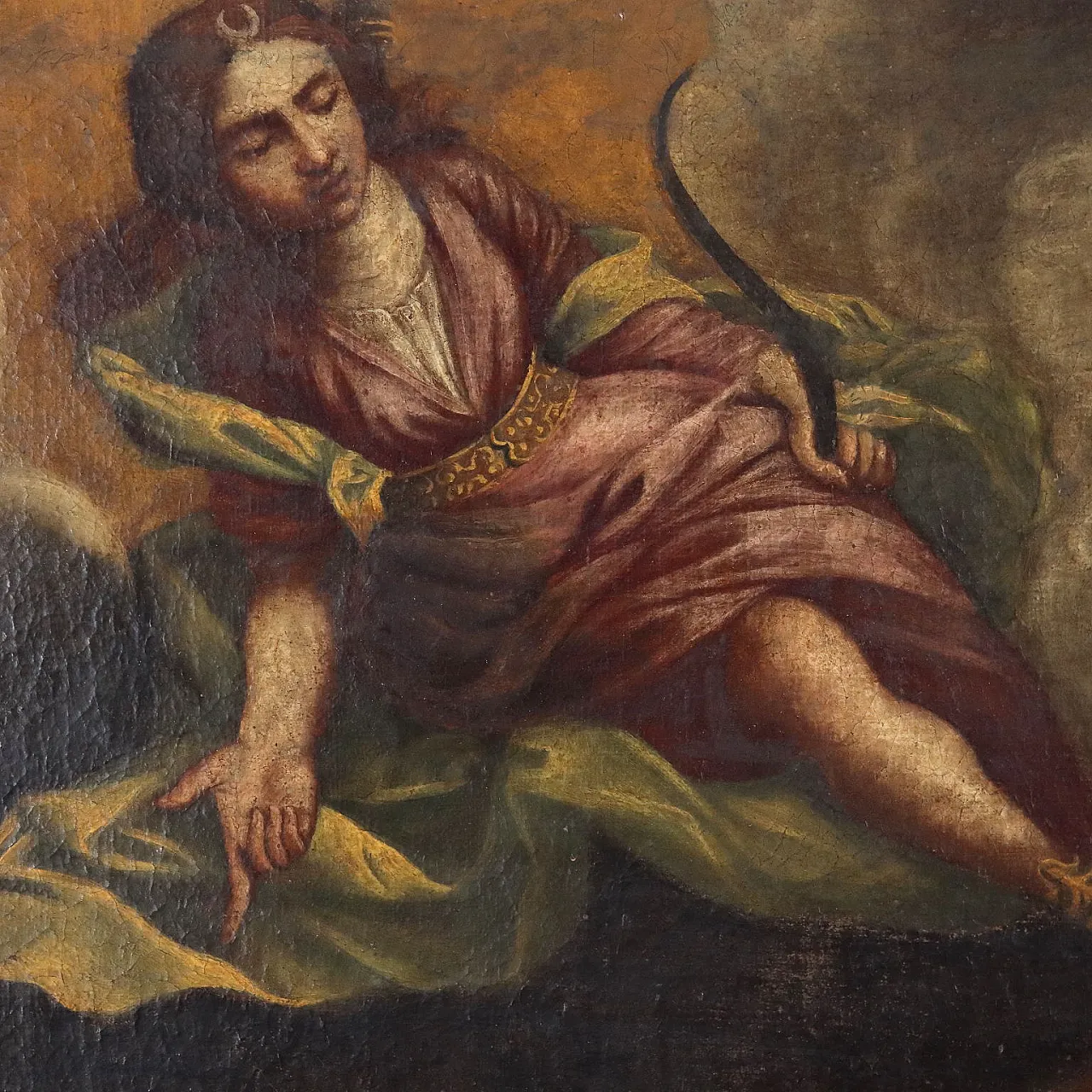
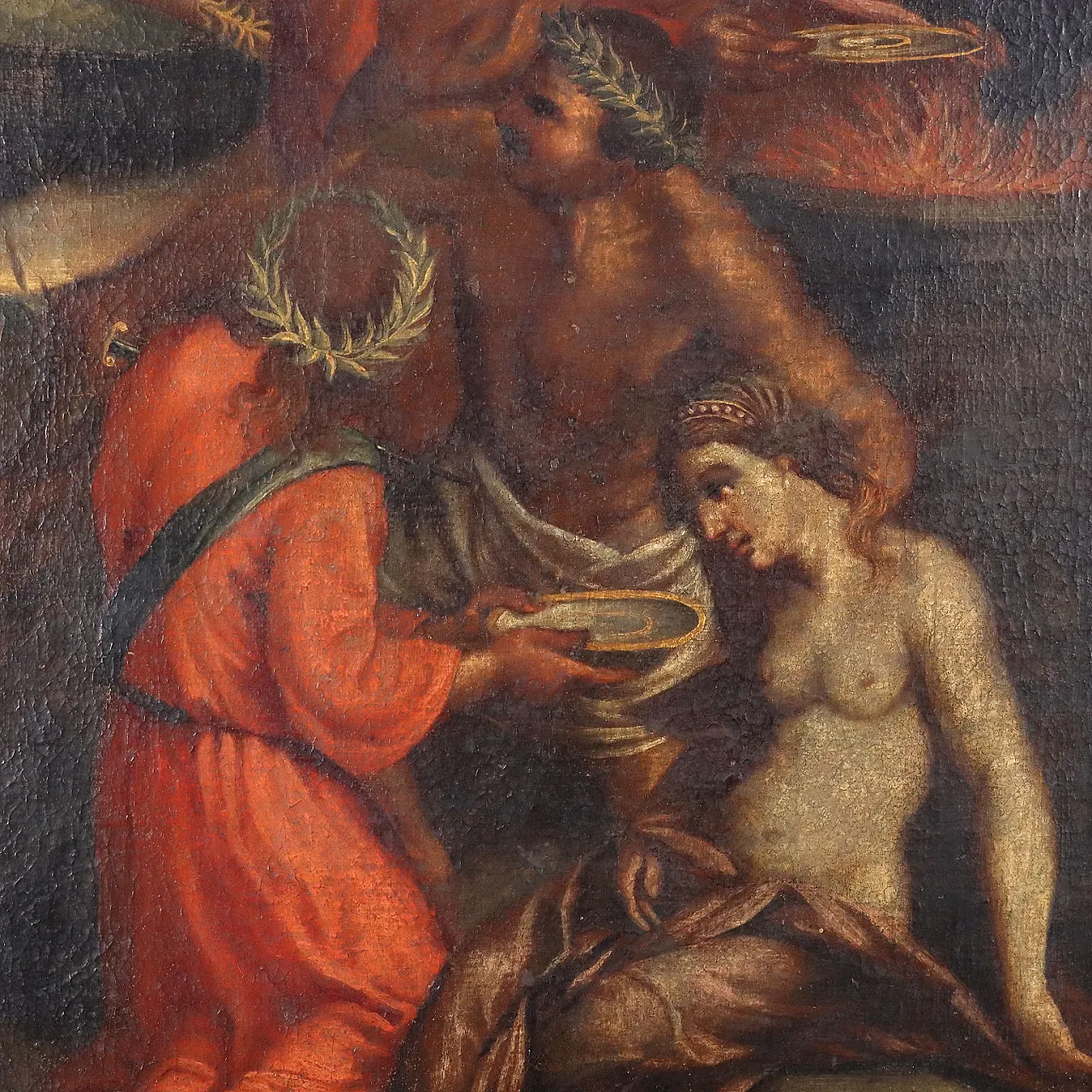
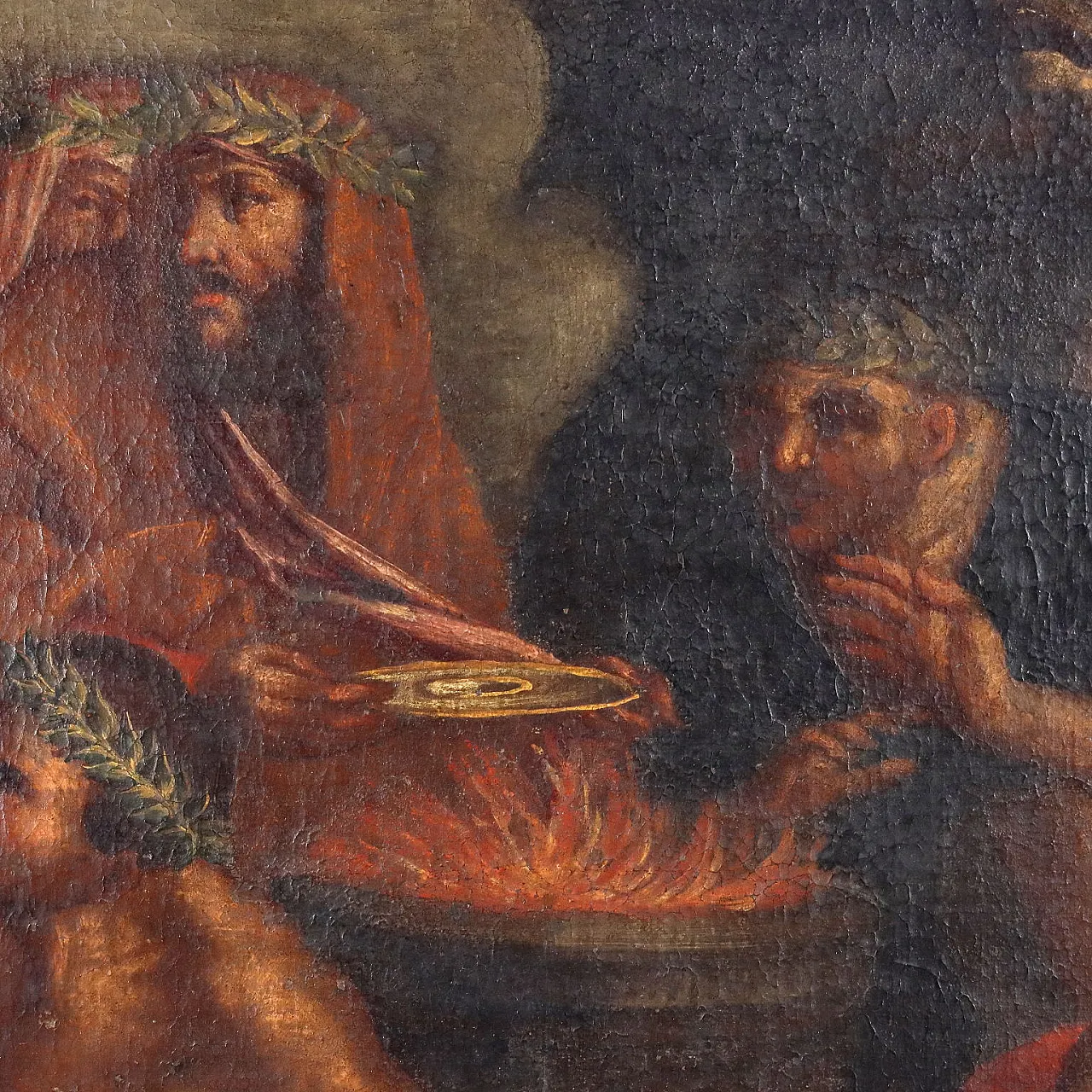
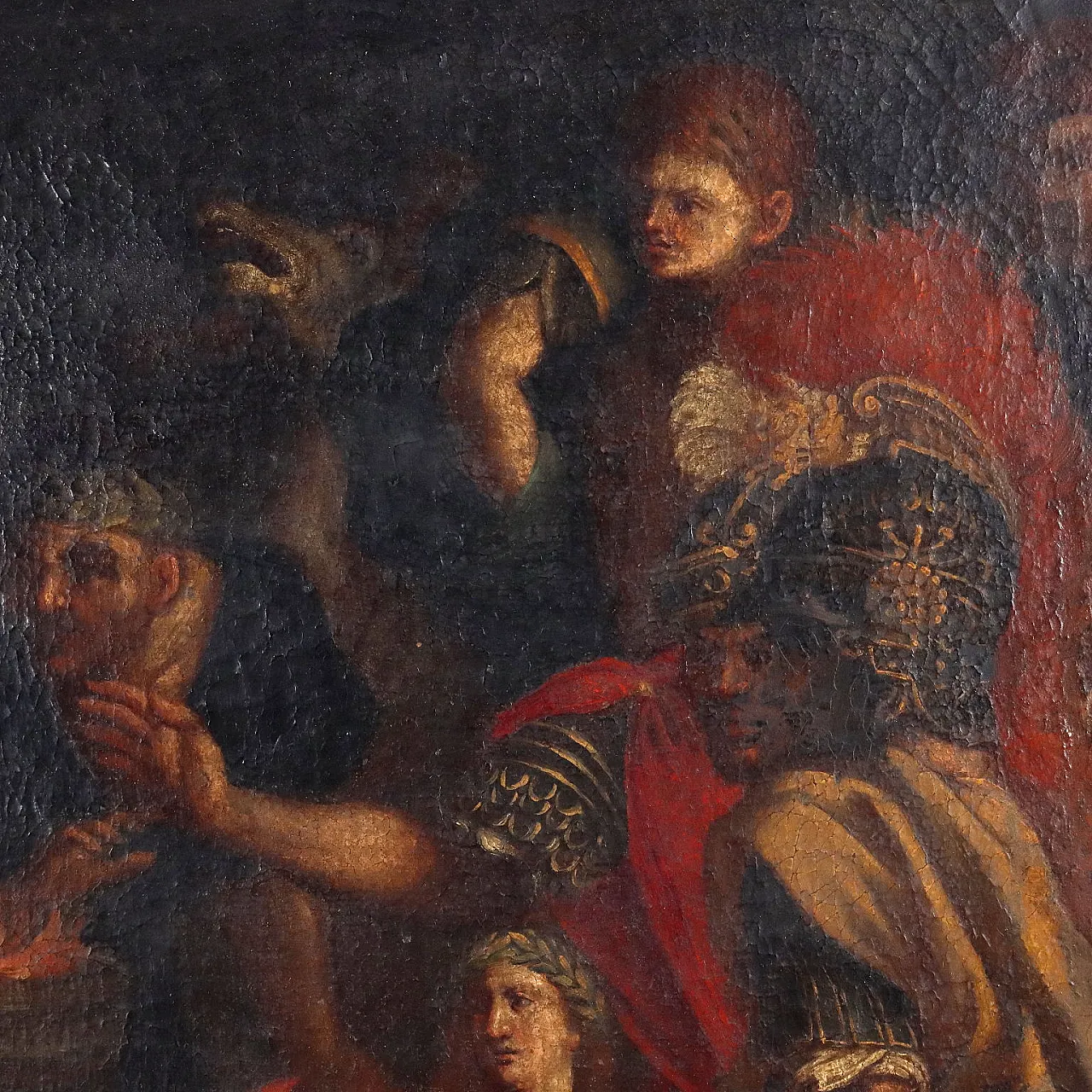
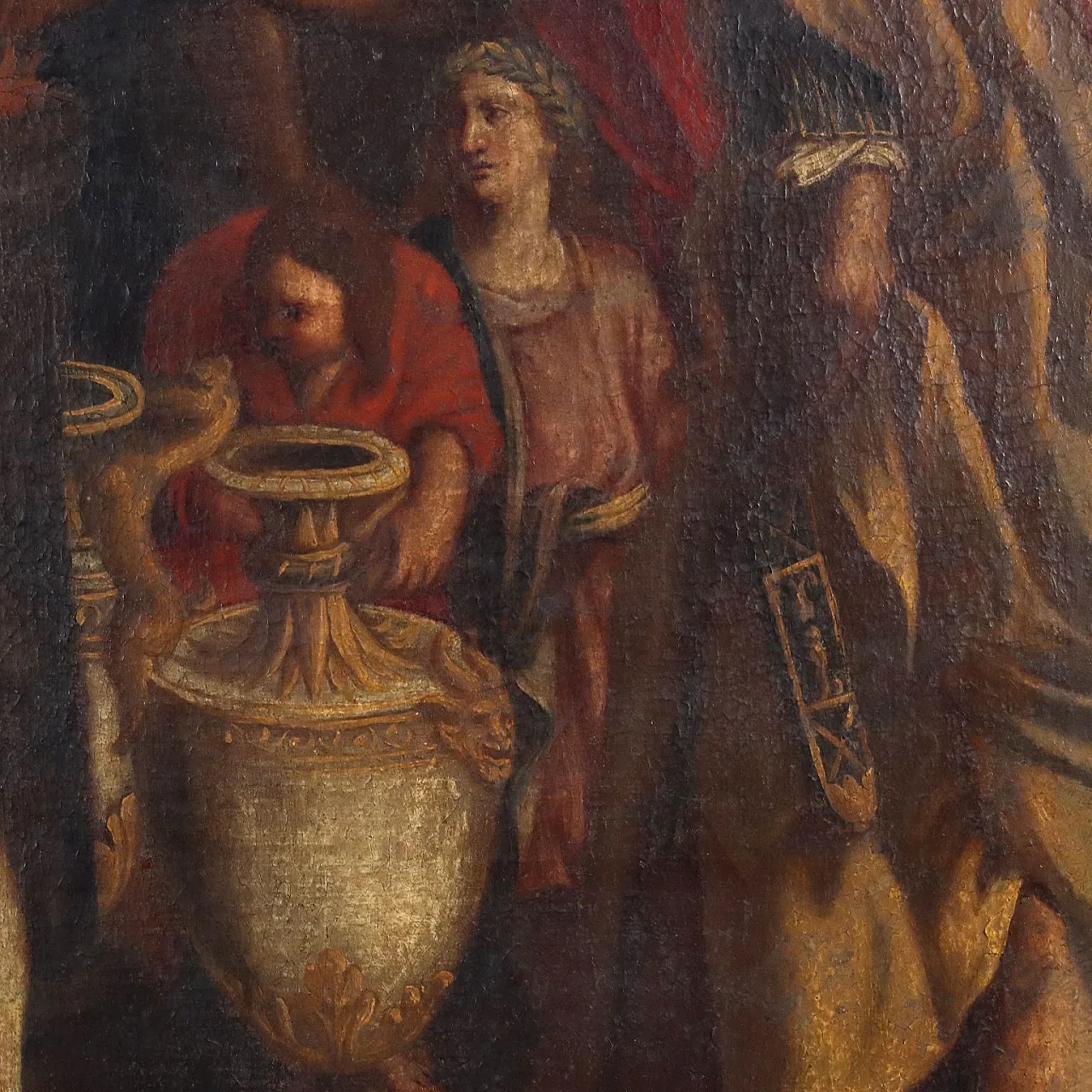
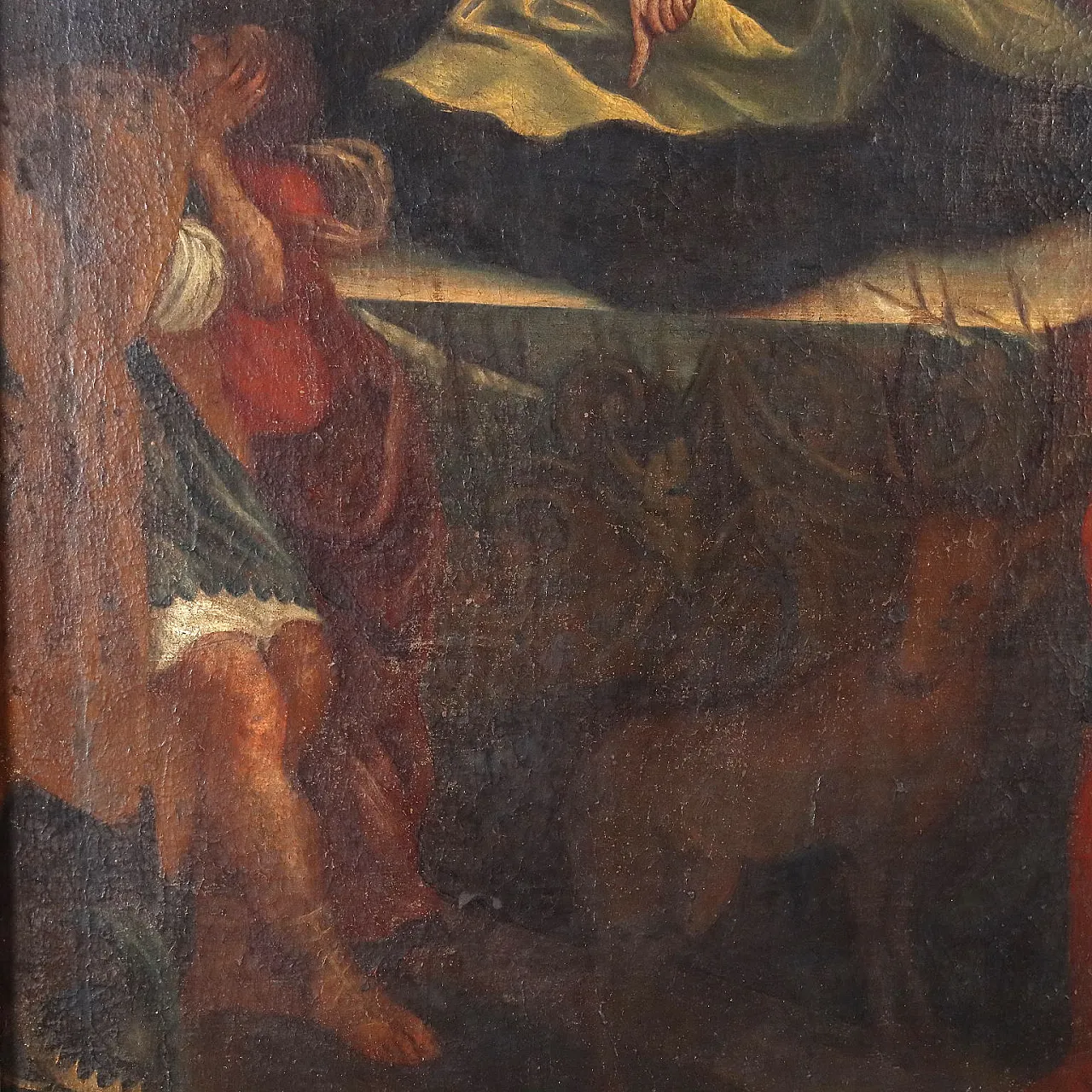
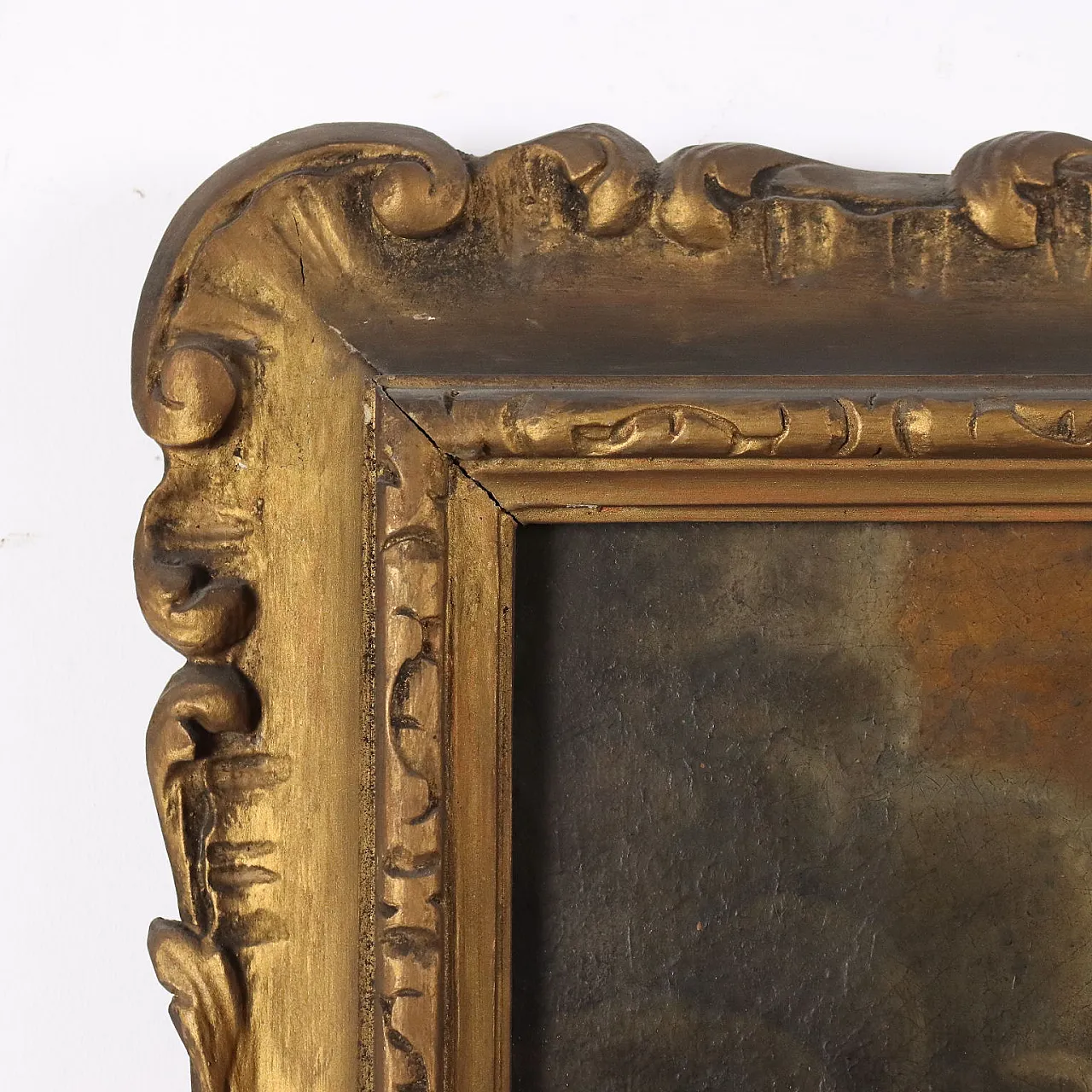
 PLATINUM Seller in Milano, Italy
PLATINUM Seller in Milano, Italy
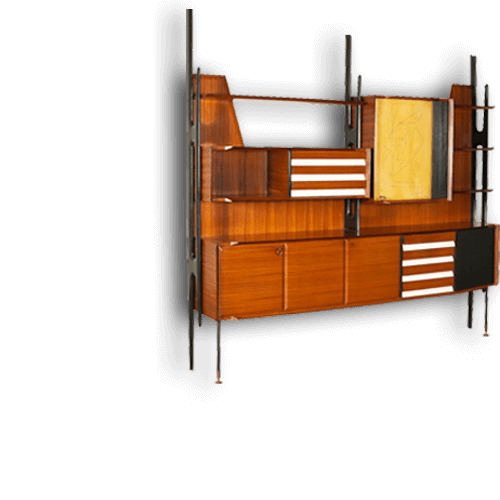
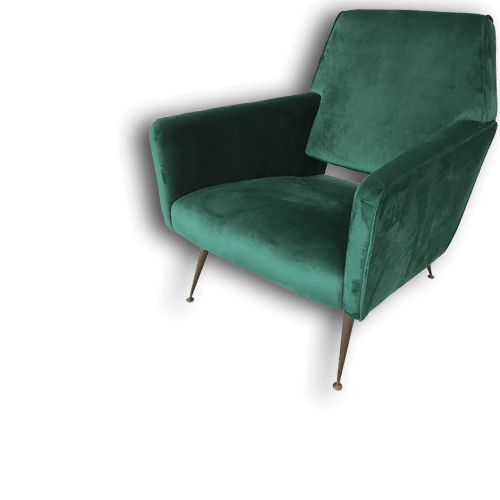



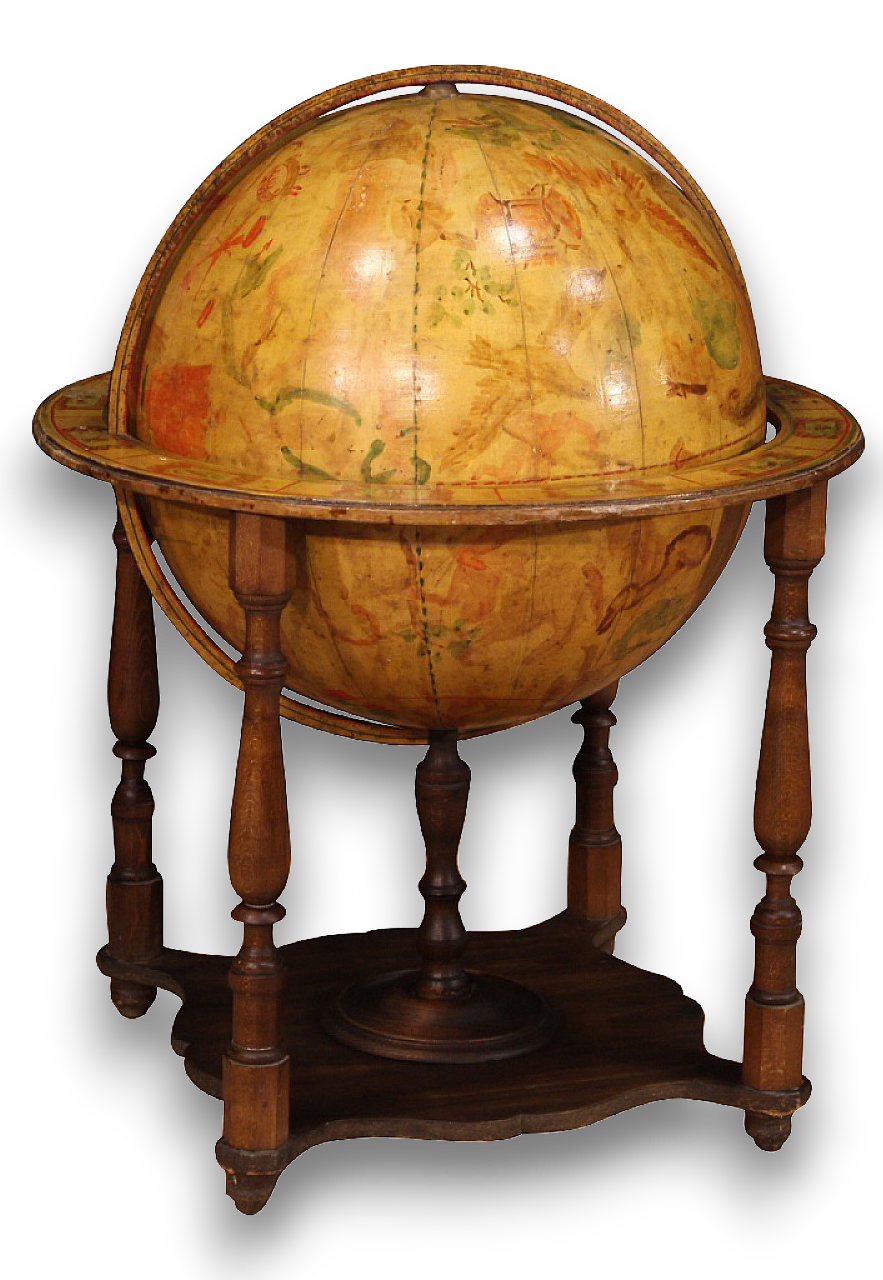
.png)
